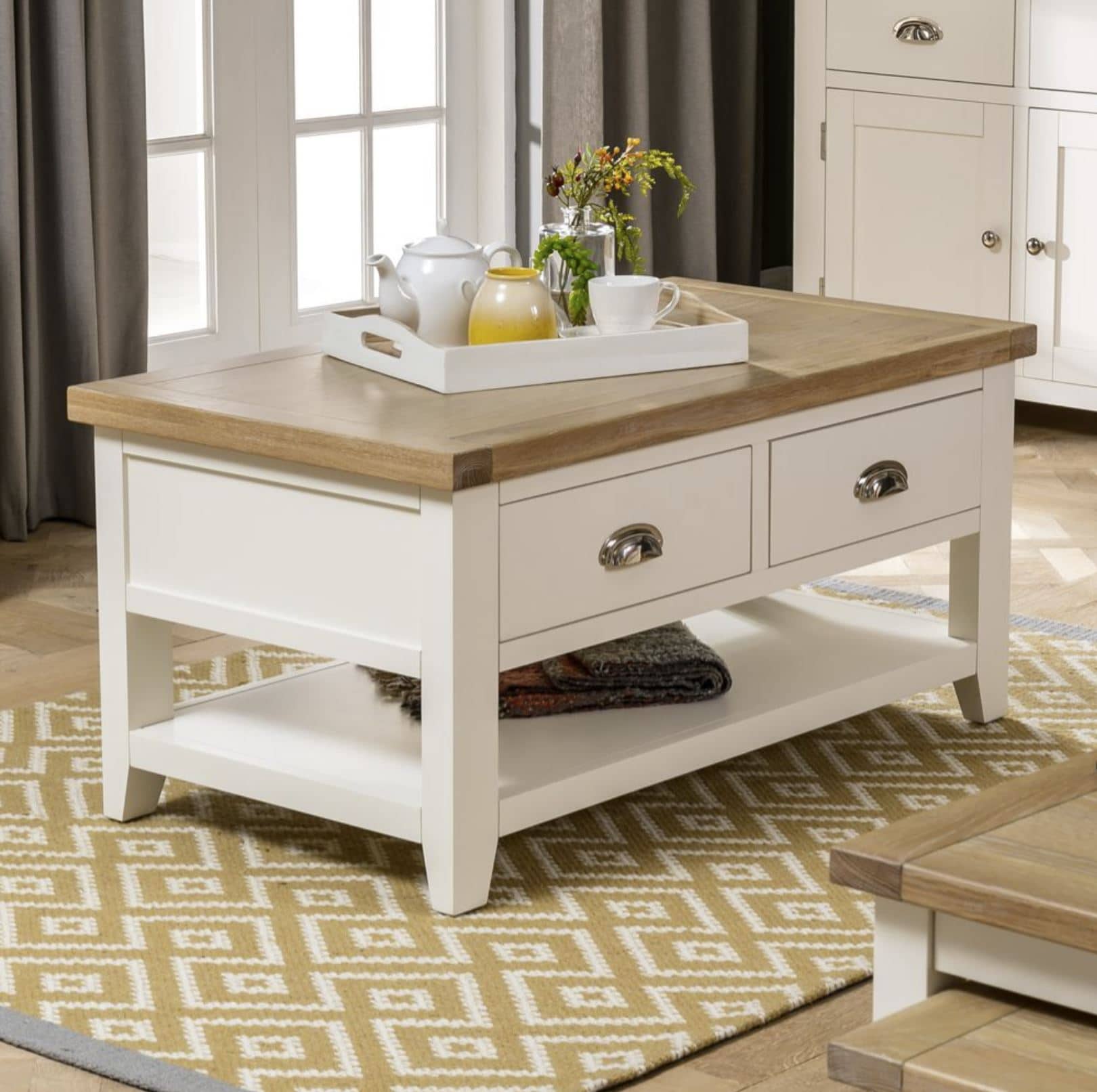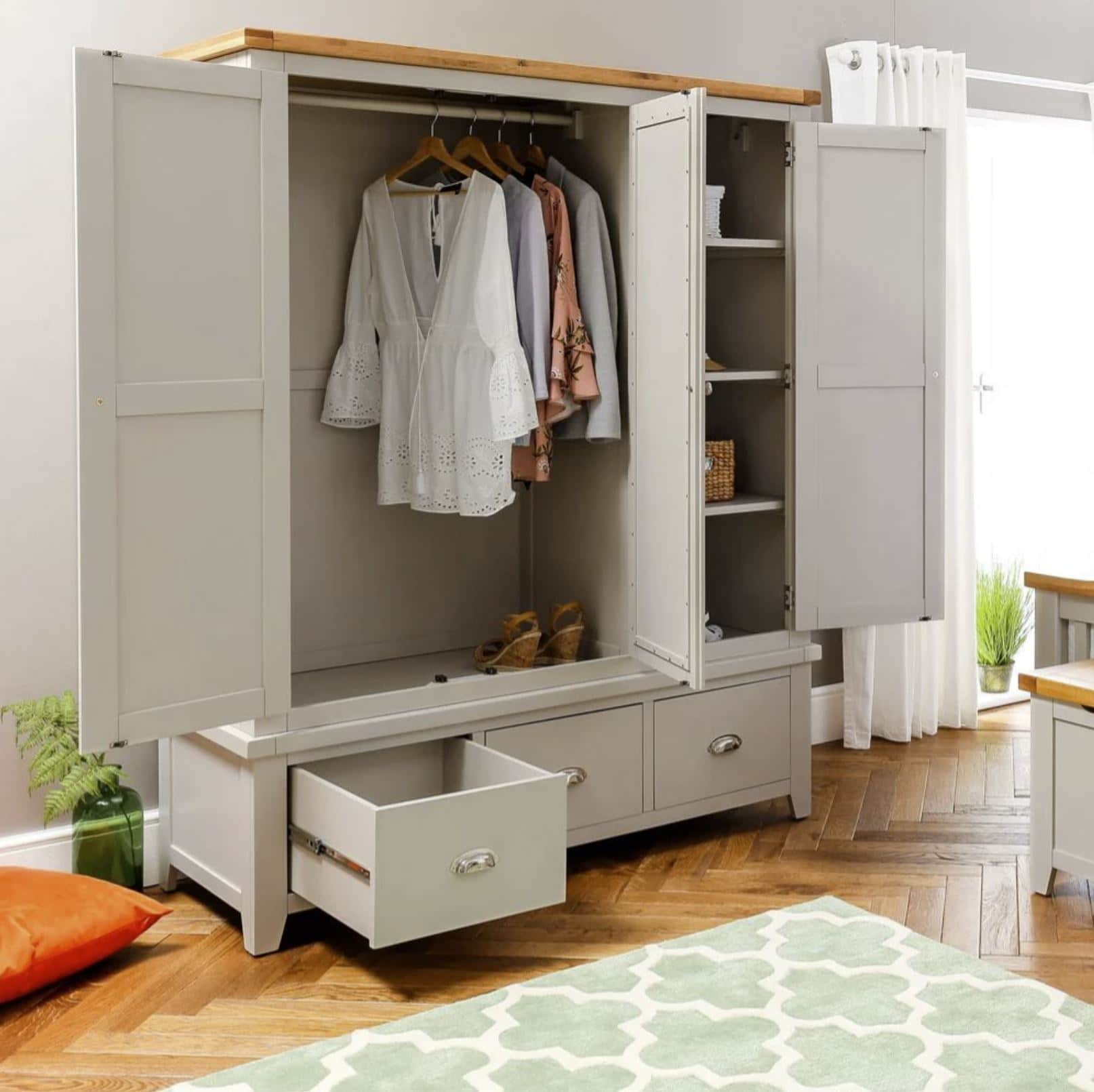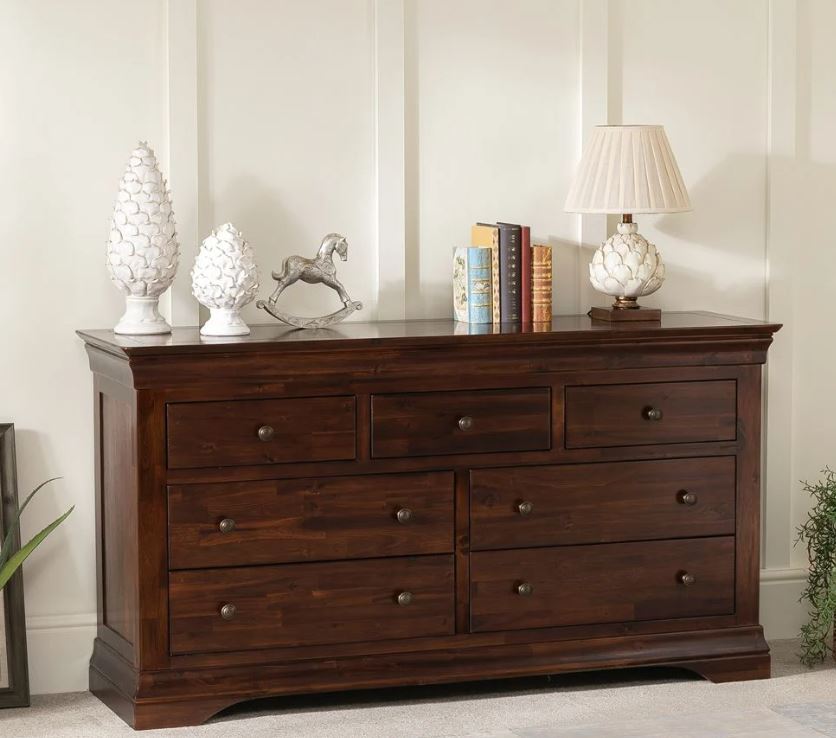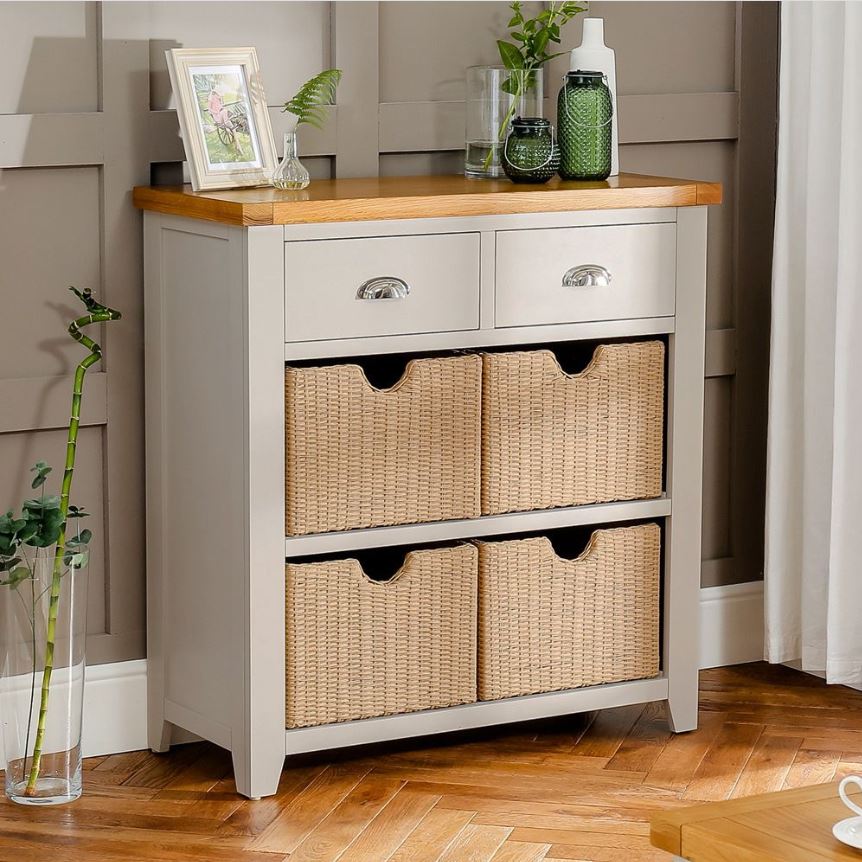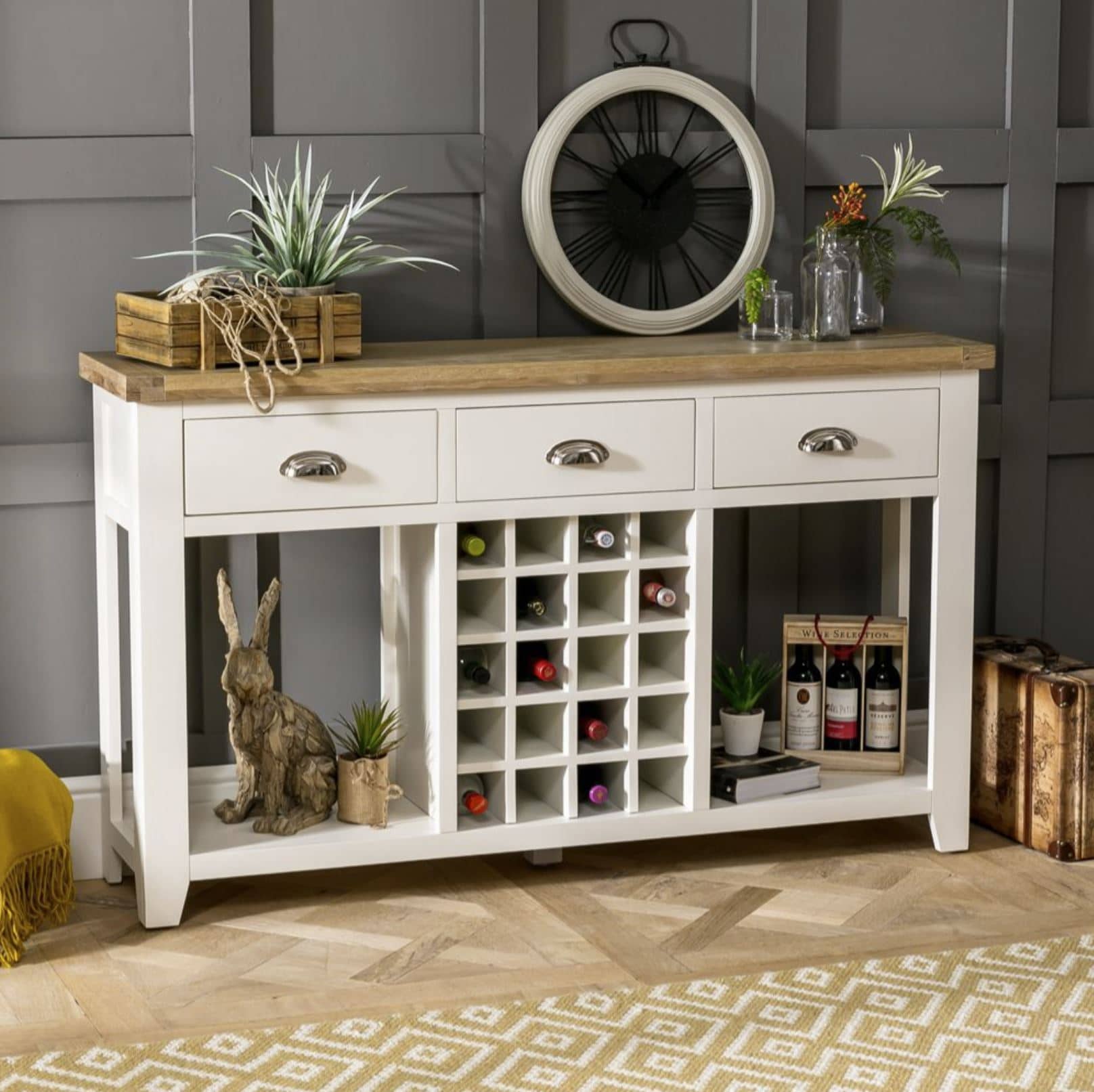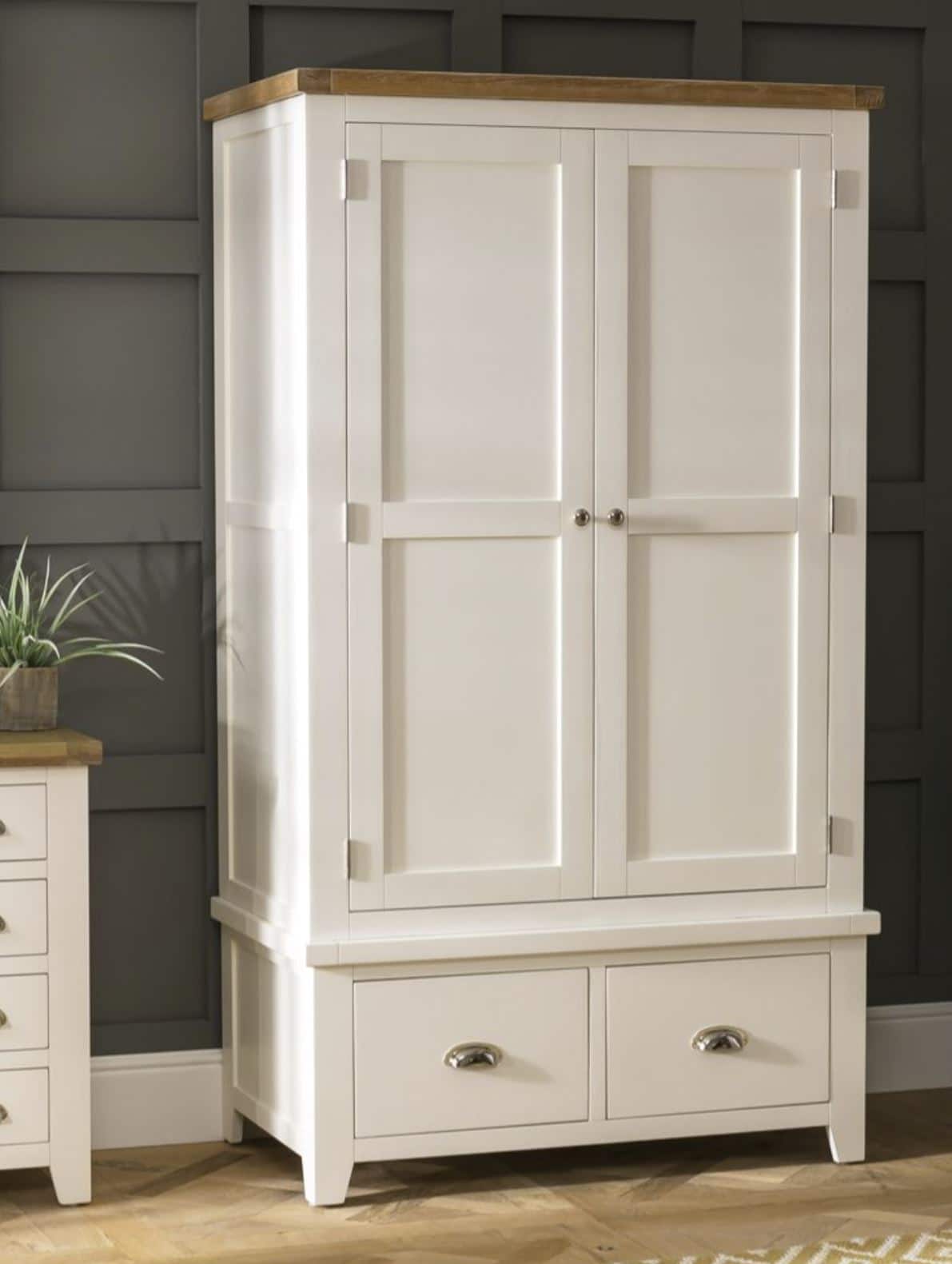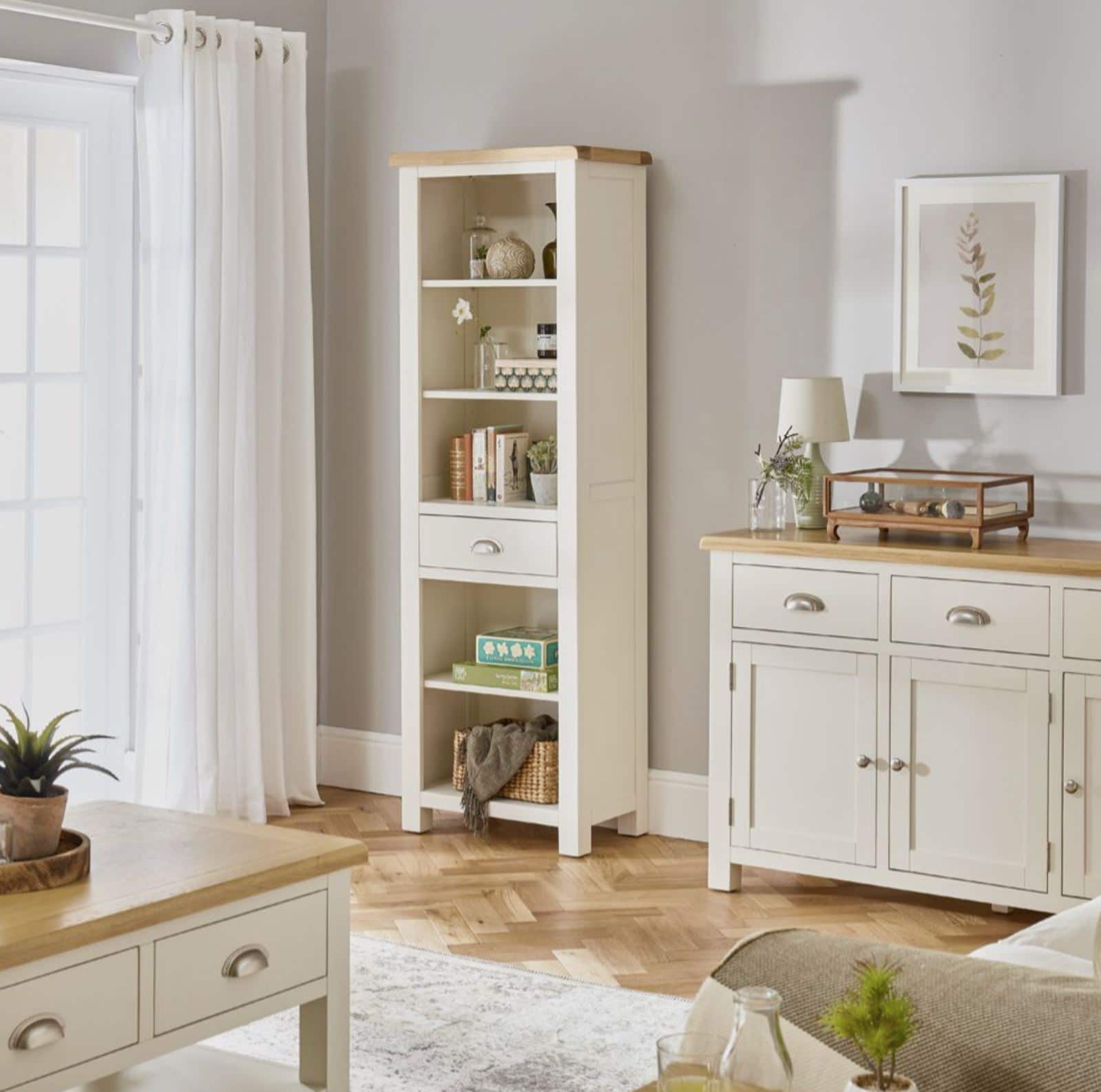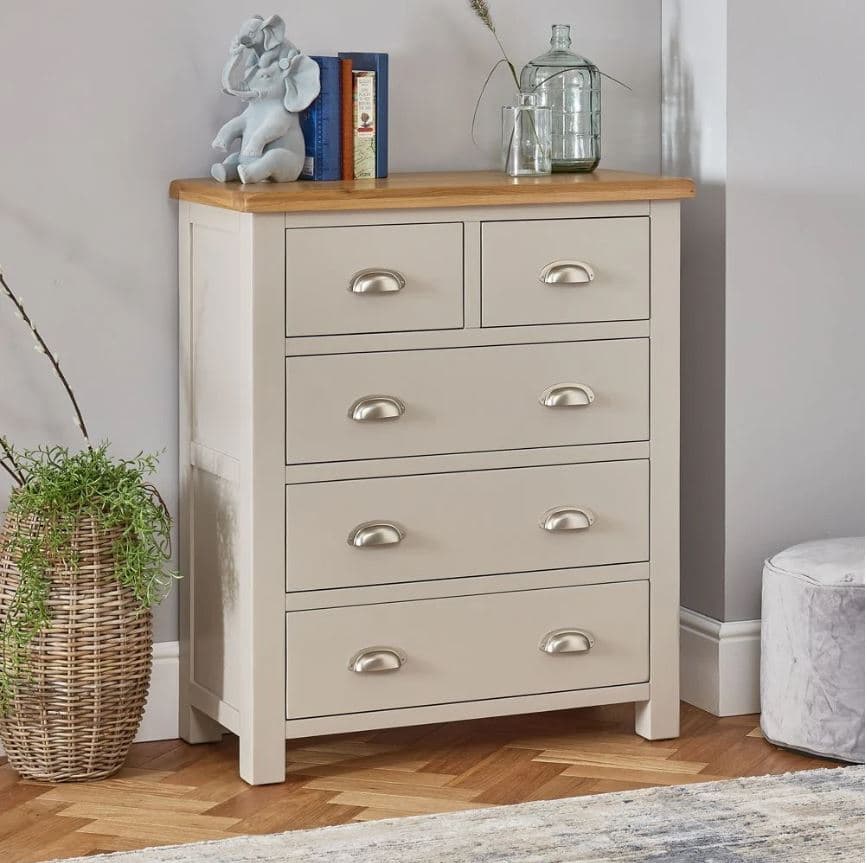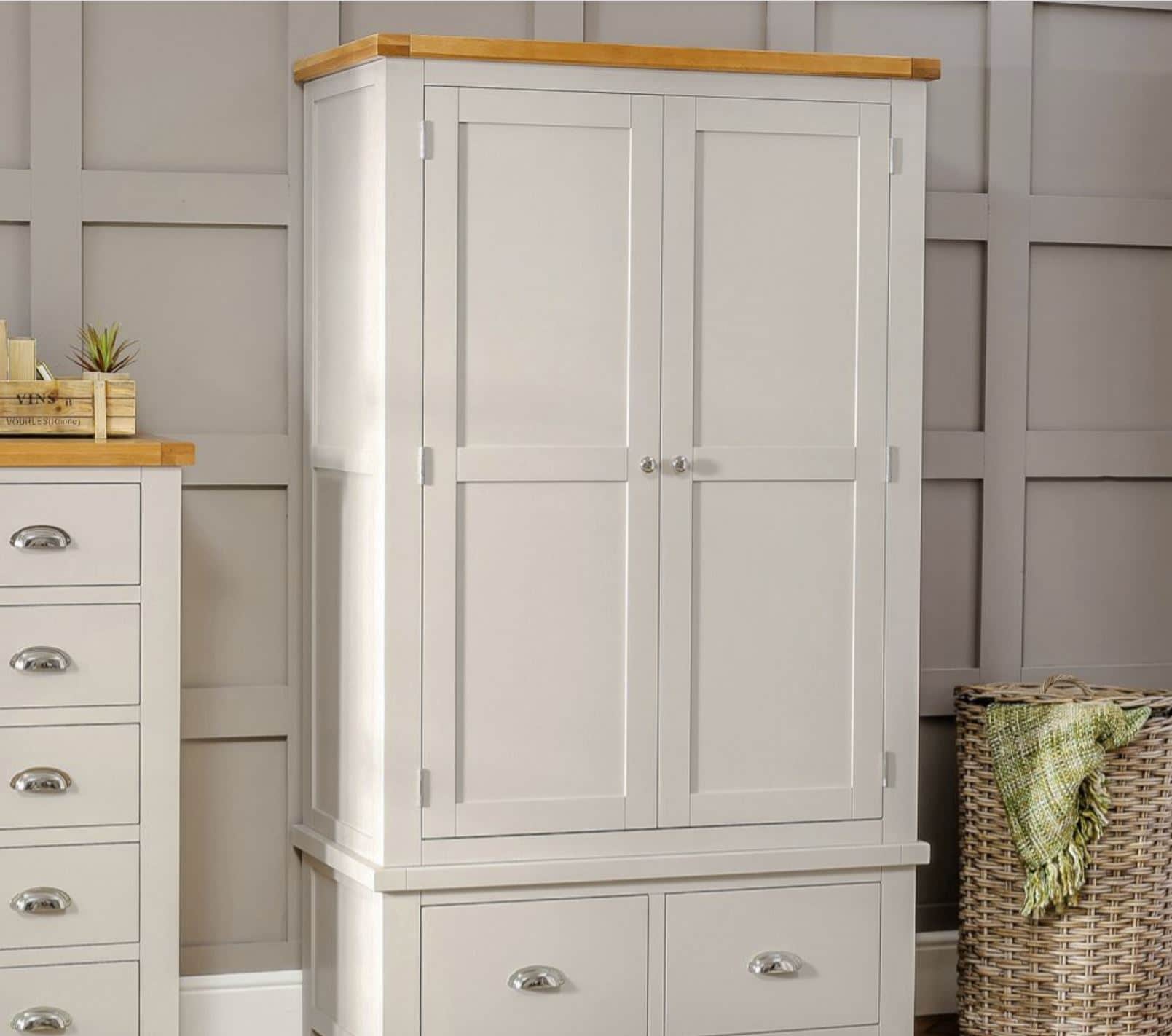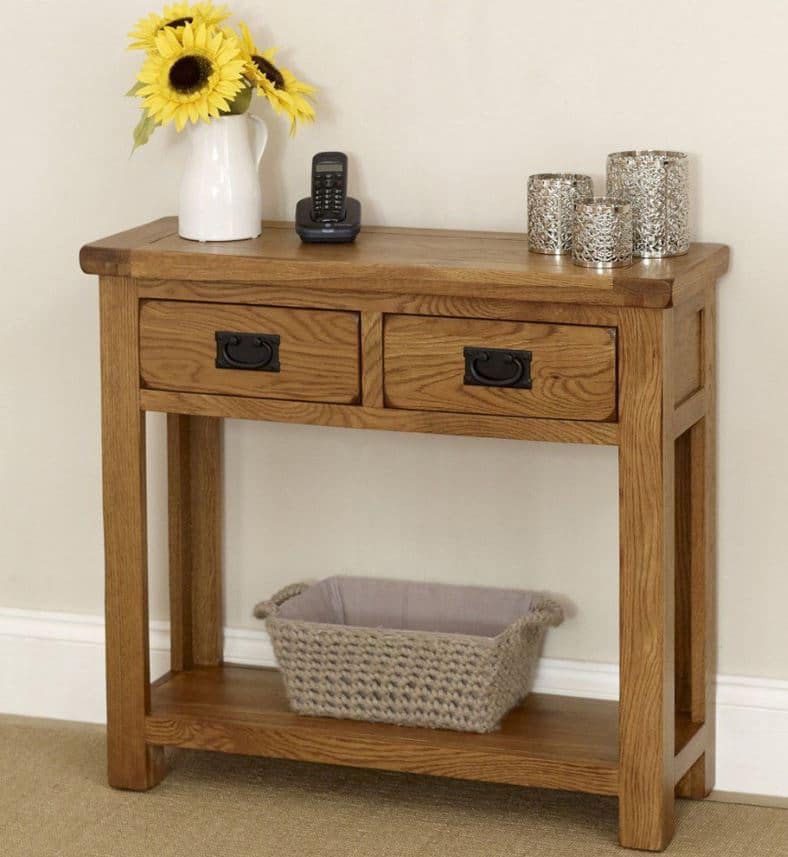Famous Interiors - Palace of Versailles
- By Alicia Newman
- Interior Design Ideas
- views
The Palace of Versailles started its life as Louis XIII’s hunting lodge but it was expanded during the reign of his son Louis XIV who moved the court and government of France to Versailles in 1682. It is one of the world’s most exquisite examples of French baroque architecture with its curved forms, complicated shapes, domes and columns. The rooms of the palace were designed in a Louis XIV-style that was created by and originated with interior decorator Charles Le Brun.
As a talented designer and painter Le Brun worked on some of the most famous rooms of the palace including the Hall of Mirrors, The Ambassadors’ Staircase and the Halls of War and Peace. The Louis XIV style is characterized by luxurious woven fabrics or brocades in rich gold and red as well as gilded plaster mouldings and heavy marbling that give the palace its strikingly flamboyant finish that epitomised the wealth and pomp of French Aristocrats and the absolutism of the King.
One of the most famous rooms in the world is the magnificent Hall of Mirrors which was designed by Jules Hardouin Mansart and makes up the central gallery of the Palace of Versailles. The internal wall of the room is made up of a series of seventeen mirrored arches that reflect the seventeen arched arcade windows that overlook the elegant and refined gardens. Each single archway contains twenty one separate mirrors that are located between marble pillars with embedded bronze symbols of France and the monarchy with a total of 357 mirrors used across the room. During the seventeenth century, mirrors were one of the most expensive possessions as it was Venetian Republic that held the monopoly on their manufacture. In order to maintain the philosophy of mercantilism, which required that all items used in the decoration of Versailles to be made in France, Jean-Baptiste Colbert, enticed several workers from Venice to make mirrors at a French factory. The ceiling decoration in the hall is dedicated to the military victories of Louis XIV.
The Italian style rooms of the Kings suite were decorated by Charles Le brun after he met with famed Tuscan architect Pietro da Cortona, who created the decorative interiors of the Pitti Palace in Florence. The flat ceilings are painted in such a way as to evoke the finish created by Cortona in the ‘Sale dei Planeti’ in Pitti, creating an illusion of depth and continuation centred towards a single focal point. The perspective of the painted figures and the painted walls and pillars create a visual impression of a recessive ceiling, heavenly realm or open sky. The scenes depict characters such as Augustus, Hercules and Alexander the Grea;t reflecting the heroic actions of the king.
The Queen's Suite has been the residence of three queens of France and includes a suite of seven rooms with an arrangement that almost exactly mirrored those of the King’s suite. Like the King's Suite the rooms in the Queen’s Suite depicted images of heroines from the past that tied in with general theme and decor of each room. It is interesting that women were not only depicted in the decoration of the Queen's Suite, but some women actually contributed to the decoration itself such as Madeleine de Boulogne who created the over-door painting in the Room of the Guards. One of the suites most famous residents is Marie-Antoinette married who the dauphin (later Louis XVI). Upon her husband’s ascension to the throne in 1774, Marie-Antoinette ordered major redecoration of the Queen's Suite and this is the same design and decor that we can see in the suite today.
The fifth chapel of the chateau of Versailles is a true masterpiece. Dedicated to Saint Louis, the chapel was consecrated in 1710. The palatine design of the chapel is traditional; however, the Corinthian colonnade has a neoclassicism influence that was popular in the late-eighteenth century. The main sculpture of the chapel is Louis XIV Crossing the Rhine and was sculpted by Nicolas et Guillaume Coustou. The floor of this elaborate chapel is inlaid with marbles of varying colours and the base of steps that lead to the chapels alter feature Louis XIV’s crowned monogram.
Following traditional ecclesiastical decoration, the interior decor makes reference to both the Old and New testaments. The ceiling depicts God the Father in his glory bringing to the world the promise of redemption and was painted by Antoine Coypel while the half-dome is decorated with Charles de LaFosse’s The Resurrection of Christ. Above the royal tribune is Jean Jouvenet’s The Descent of the Holy Ghost upon the Virgin and the Apostles, creating a detailed and intricate finish that corresponds with the rest of the palace but remains divine and sacred throughout.
For more images of this fabulous palace, take a look at our latest Pinterest board - Pinterest - Palace of Versailles


